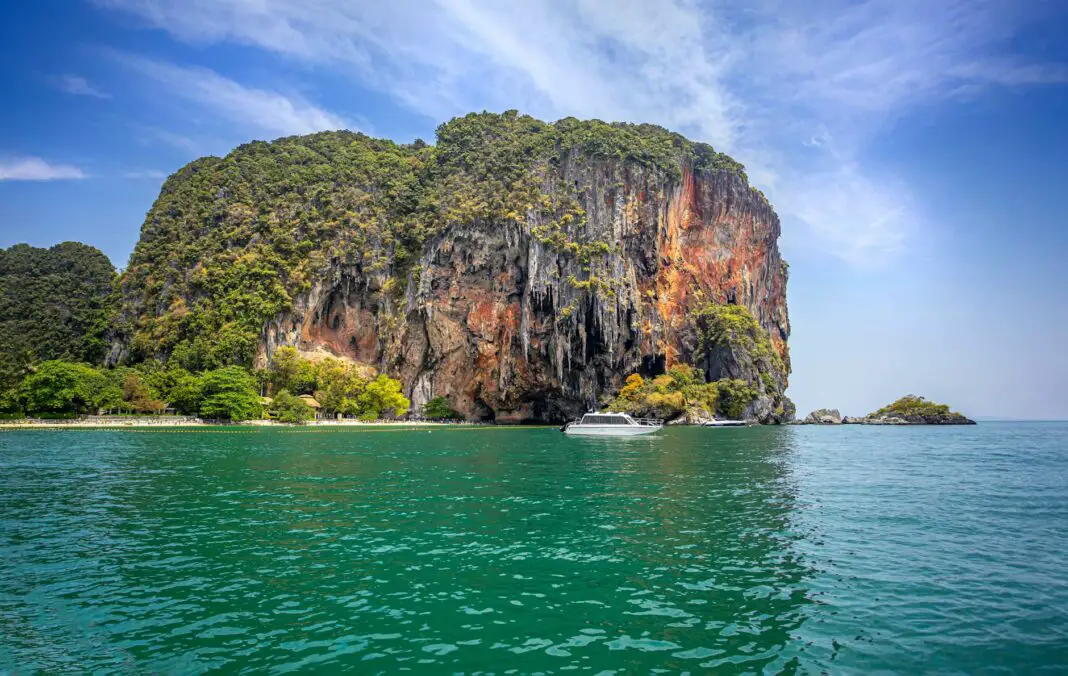Exploring Thailand’s Natural Wonders and the Impact of Tourism
Thailand, a jewel of Southeast Asia, offers breathtaking landscapes, rich cultural heritage, and an array of adventures that captivate travelers from around the globe. Vibrant cities, stunning beaches, and lush jungles create a unique environment that entices tourists year after year. However, as Thailand’s tourism flourishes, a critical question arises: is this booming industry harming the country’s stunning natural wonders? In this blog post, we will explore how tourism impacts Thailand’s natural beauty while also emphasizing the ways it can be a force for good.
Our journey through this vibrant nation will reveal not only the stunning landscapes that draw millions but also the delicate balance between nature preservation and the thriving tourism sector. We will navigate the rich offerings in Thailand while discussing responsible tourism practices that can protect and enhance these remarkable natural spaces. Let’s dive deeper into this captivating topic.
Table of Contents
- Thailand’s Tourism Highlights
- The Environmental Impact of Tourism
- Sustainable Tourism Practices in Thailand
- Embracing a Balanced Future for Thailand’s Nature
- Frequently Asked Questions
Thailand’s Tourism Highlights
The rich tapestry of Thailand unfolds through its iconic sites. From the bustling streets of Bangkok to the serene beaches of Phuket, each destination offers unique experiences that leave travelers in awe. Thailand boasts breathtaking temples like Wat Pho and Wat Arun, showcasing intricate architecture and deep histories that tell stories of centuries past.
Engaging with local culture during festivals such as Songkran or Loy Krathong captivates not only tourists but also promotes a mutual exchange of traditions. Culinary adventures further entice visitors to explore local markets, sample street food, and indulge in cooking classes that celebrate Thai cuisine’s diversity. All these attractions spotlight Thailand as a premier travel destination, yet they also challenge the sustainability of the environments that host them.
The Environmental Impact of Tourism
As tourists flock to Thailand, the environmental impact becomes increasingly evident. Natural landscapes can transform under the strain of mass tourism, especially in fragile ecosystems such as coral reefs and rainforest habitats. Overcrowding in popular spots like Maya Bay has led to significant ecological degradation, raising concerns about biodiversity loss and pollution.
Additionally, the demand for resources places pressure on local communities, often resulting in habitat destruction and waste management issues. Exploring these impacts reveals a pressing need for balance between appreciation and preservation. Without mindful practices, the vibrant natural features that attract tourists could be jeopardized, impacting both the economy and the environment.
Sustainable Tourism Practices in Thailand
Thailand is not oblivious to the challenges it faces. Many organizations and governmental initiatives actively promote sustainable tourism practices aimed at protecting the environment while enhancing visitor experiences. Eco-friendly accommodations, responsible waste management, and community engagement are becoming the norm in many regions.
Tourists are encouraged to participate in eco-tourism activities, such as wildlife sanctuaries and local conservation projects. Engaging with local communities and supporting small businesses fosters a symbiotic relationship, allowing visitors to contribute directly to the preservation of cultural heritage. These best practices showcase how tourism can serve as a catalyst for environmental protection, ensuring that Thailand’s stunning natural landscapes remain vibrant for generations to come.
A Bright Future for Thailand’s Natural Treasures
The delicate balance between tourism and nature preservation is vital for the ongoing allure of Thailand. While challenges exist, a commitment to sustainable practices paints a hopeful picture. By embracing responsible tourism, both travelers and locals can work together to foster a future where natural wonders continue to thrive alongside the tourism industry.
Let each journey through Thailand serve not just as a vacation but as an opportunity to appreciate and protect the majestic landscapes that occupy this beautiful country. A visit to Thailand becomes more meaningful when it’s paired with a dedication to preserving its natural charm.
Frequently Asked Questions
Is Thailand safe for tourists?
Yes, Thailand is generally safe for travelers, with a long-standing reputation for hospitality. However, it’s essential to take standard safety precautions, especially in crowded tourist areas.
When is the best time to visit Thailand?
The best time to explore Thailand is typically during the cooler, dry season from November to February, with pleasant temperatures and clear skies.
What can I do to help protect Thailand’s natural resources while traveling?
Travelers can contribute by supporting local businesses, engaging in eco-tourism activities, and being mindful of waste disposal. Choosing eco-friendly accommodations can also make a significant difference.
Are there any must-visit natural attractions in Thailand?
Absolutely! Incredible natural attractions include the stunning Phi Phi Islands, the lush hills of Chiang Mai, and the beautiful national parks like Khao Sok. Each offers breathtaking views and unique experiences awaiting every traveler.
How can tourism benefit local communities in Thailand?
Tourism can boost local economies through job creation and the promotion of traditional crafts and cuisine. When tourists engage directly with communities, it fosters cultural pride and empowerment.
Image Credit: Pexels





